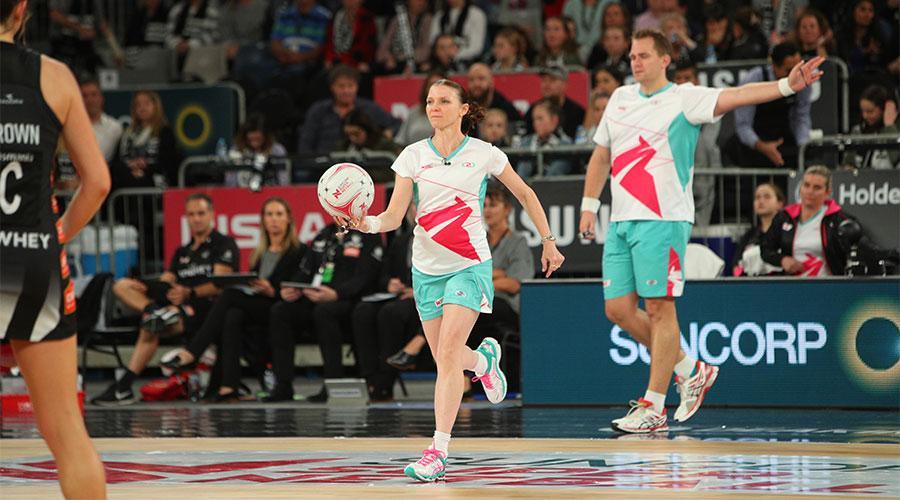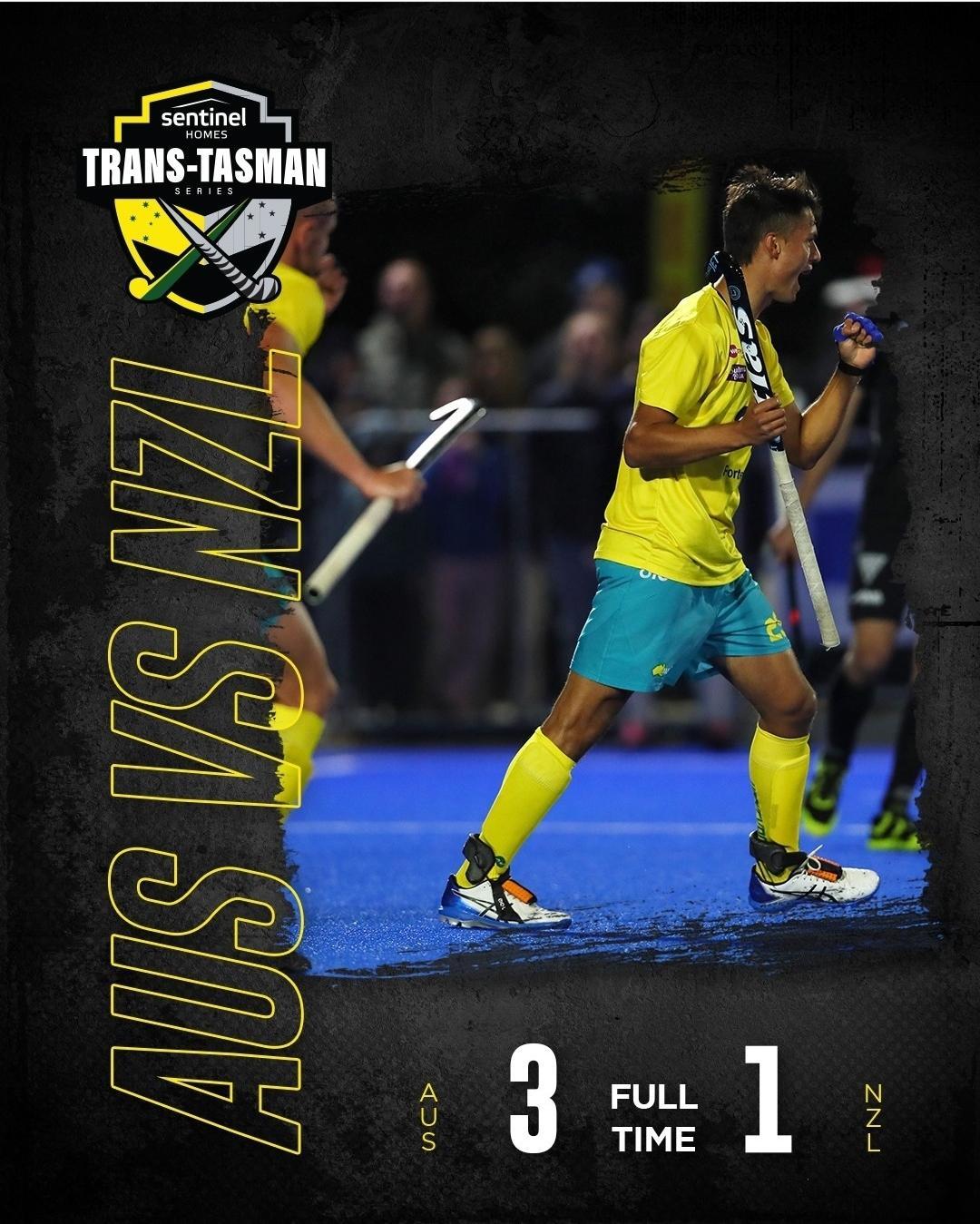The Difference Between Rugby Union and Rugby League
Rugby Union and Rugby League both share basic rules and use a similar shaped ball. The aim of both games is to score more points than the opposition during the 80 minutes of play through tries, conversions, penalty goals and drop goals.
With both sports, goals are scored when the ball is kicked between the two posts and over the cross-bar. This can happen either during play, or as a result of a penalty. A try is scored when the ball is touched down either on or beyond the opposition team’s goal-line. Once a try is scored, the team has the opportunity to score a goal.
In both Rugby Union and Rugby League, the ball can be carried forward in three different ways; by kicking it, by a player running with it, or as a result of a set-piece. The ball can also be passed from hand to hand between teammates, however it can only be done in a backward or sideways direction, it cannot be passed forwards although it can be kicked forwards. If the ball is dropped in a forward direction it will result in a scrum, essentially re-starting the game.
Only the player holding the ball can be tackled. This is done in attempt to stop the player moving forward, bringing him to the ground. Play will re-start with the ball transferred to another player.
The playing positions for both Rugby Union and Rugby League are divided into “backs” and “forwards.” The backs are usually faster and do more running, scoring most of the points. However, the forwards are involved in the more physical part of the game and usually will do more tackling.
The big difference between Rugby Union and Rugby League is that Rugby League has moved away from some of its rules for possession to be contested. When the ball goes into touch in Rugby League, a scrum will restart the play, where as in Rugby Union it would be contested through a line-out. The less focused the players are on contesting possession means there are less stops of play in Rugby League. Therefore, the ball is usually in play for 50 of the 80 minutes, a opposed to approximately 35 minutes in Rugby Union. As the ball is in play more, and there are 13 players as opposed to 15, it is usually thought that Rugby League is more physically tiring than Rugby Union.
Some of the other differences between Rugby Union and Rugby League include:
- In Rugby Union, the attacking team are allowed to hold onto the ball for as long and they can, whilst the opposition team’s aim is to try take possession of the ball.
- In Rugby Union, possession can be contested at line-outs and scrums. Where as Rugby League does not have line-outs, but instead uses a scrum to restart play.
- With Rugby League, possession may change in a number of unique ways. If the ball goes out of play, the opposition are awarded a scrum. If a player attempts a one-on-one tackle, the tackler can legally strip the ball from the attacking player as long as the referee had not called or the attacking player has fallen to the ground indicating a complete tackle. An automatic handover takes place when the team in possession runs out of tackles completely, or a knock on happens on the sixth tackle. With Rugby Union, possession happens if the ball goes out of play and the opposition is awarded a line-out. In Rugby Union, the attacking team can also loose possession in a scrum, line out, maul, ruck or tackle.
- In both Rugby League and Rugby Union, tackling is permitted to bring down players in possession of the ball or to prevent them from making progression. In Rugby League, a tackle is deemed complete when the elbow of the arm holding the ball touches the ground, or if the player is held in an upright tackle. In Rugby Union, play does not stop when a player is forced to the group in a tackle.
- Both Rugby League and Rugby Union have the same way of scoring points, however there are some differences in the points that are awarded. While a try is the main way of scoring in both sports, a try is worth five points in Rugby Union and four points in Rugby League. A drop goal is also worth three points in Rugby Union, where as it is only worth one point in Rugby League. Penalty goals are worth three points in Rugby Union, and just two in Rugby League.
These are just some of the biggest differences between the two codes. However, if you were to look deeper into each sport you would notice that other rules that differ as well, even if it’s just in a small way.
Written by OTG Custom





